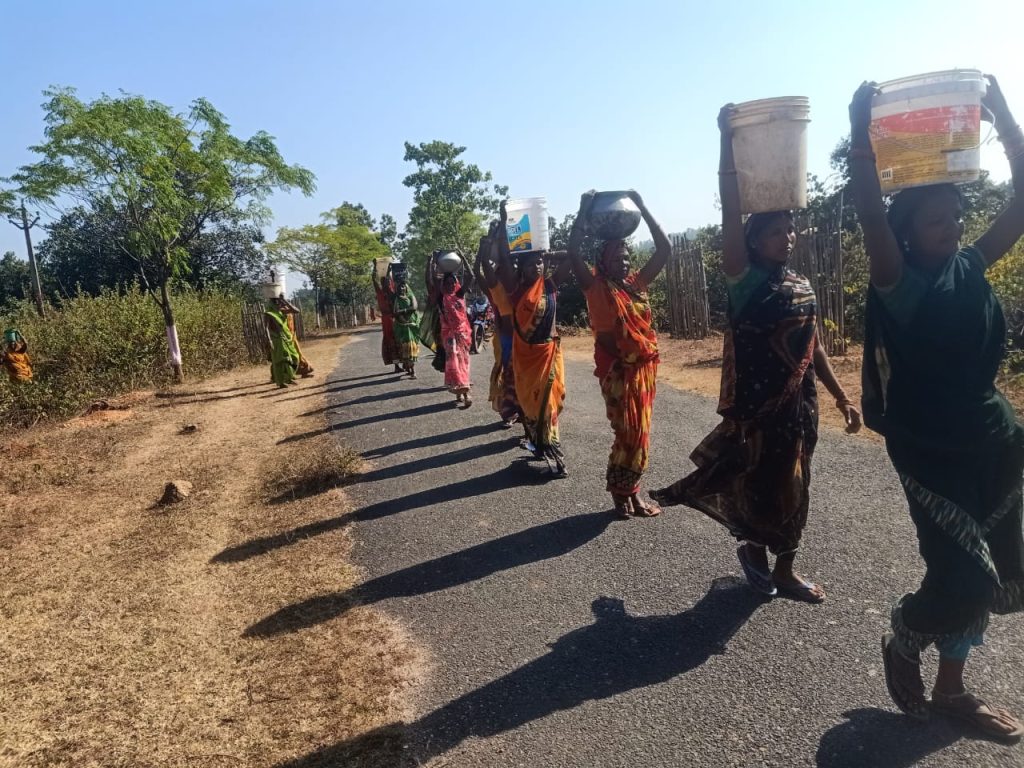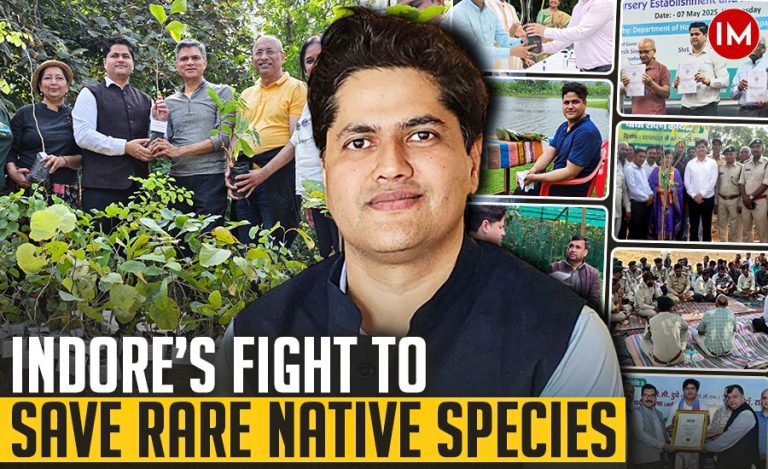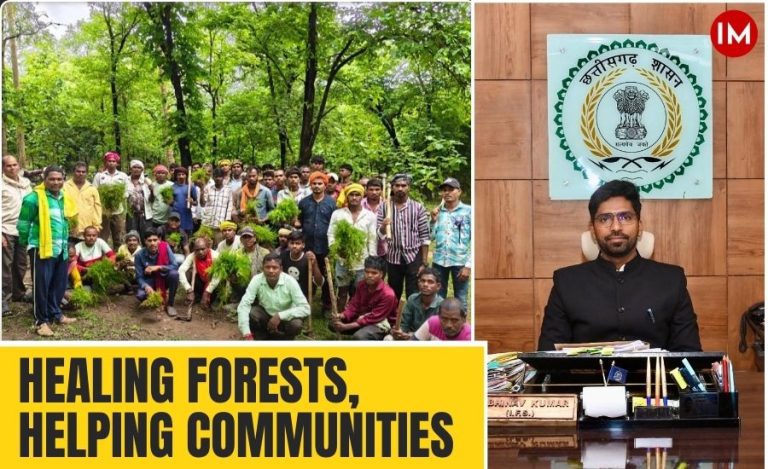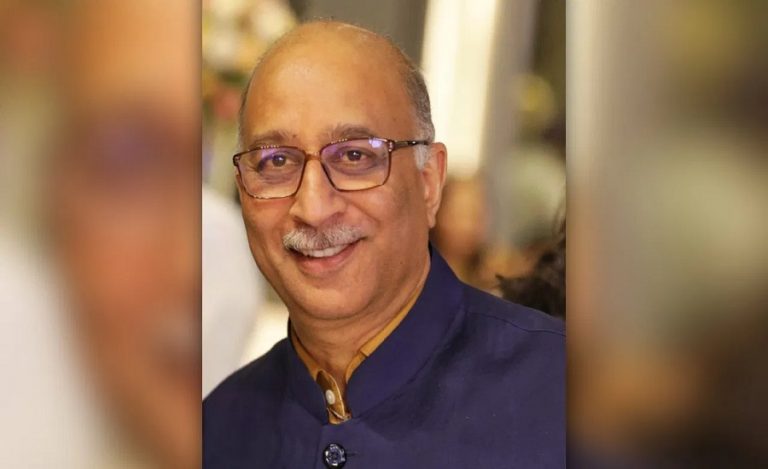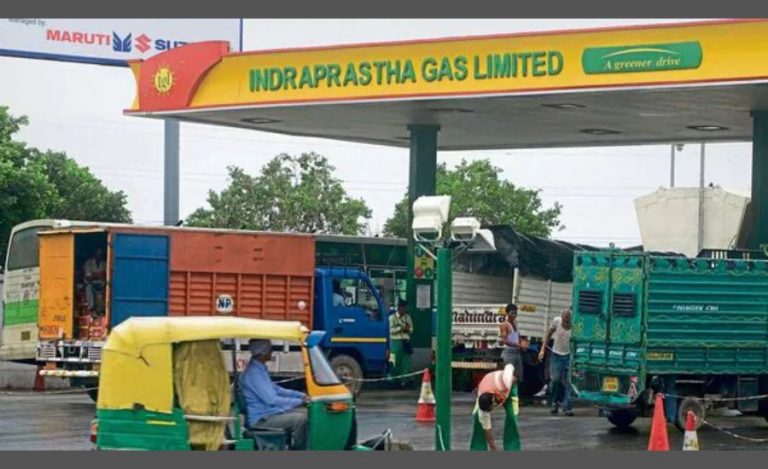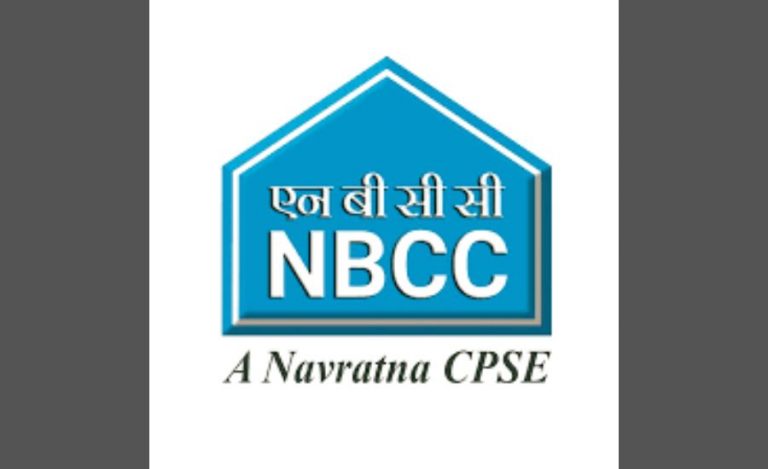Arkosa, Lakshmipur and Kanjhatand in the Koderma district of Jharkhand were nondescript villages till recently. Not anymore. After all, they have been lauded by President Draupadi Murmu and Prime Minister Narendra Modi, for their efforts to develop themselves. Credit for this undoubtedly goes to the DM Aditya Ranjan.
Mr Ranjan’s Swawlambi Gaon project envisions people taking the responsibility of bringing development to their communities. Out of the 109 villages that have benefited from the effort, these three have stood out by outperforming others.

COMPLETE BAN ON SINGLE-USE PLASTIC IN ARKOSA
A 150-house-strong Arkosa is home to 700 who had been displaced due to dam construction. During their daily ratri chaupals the residents decided to avoid single-use plastic and focus on greywater management, to promote food security and improve people’s health.
A fine of Rs.50 fine is imposed on anyone found using plastic or leaving their animals astray. Anyone who even considers performing a child marriage faces a Rs.5000 fine.
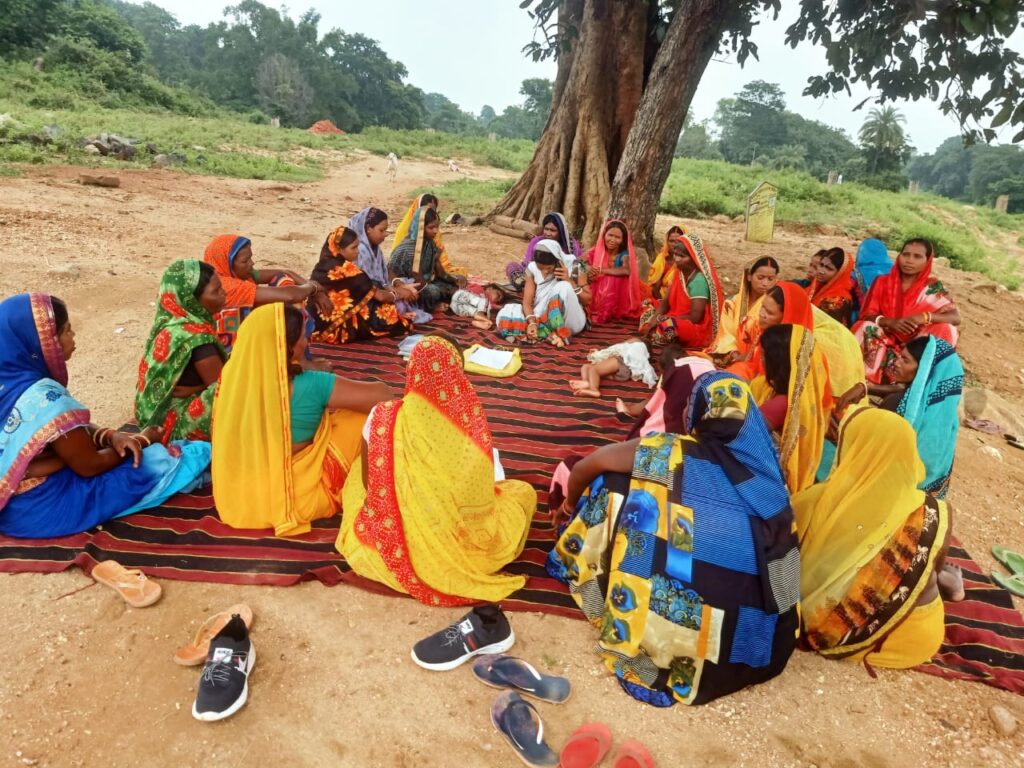
They deep cleansed their hamlet once a week through shramdaan and collect Rs. 10 from each family for the gram kosh. With the assistance and advice of their ‘prerak didi,’ Pooja Devi, the villagers began working to restrict the use of plastic.
“Ms. Pooja even goes door-to-door to engage the public and educate them about greywater management systems and garbage segregation, among other things,” Mr. Ranjan shared in an exclusive conversation with Indian Masterminds.
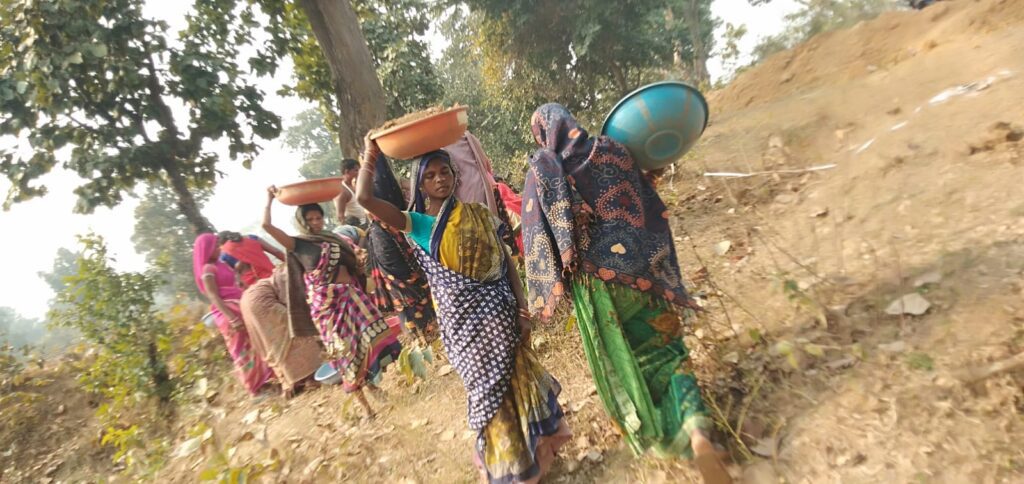
DEVELOPING LAKSHMIPUR
The Prime Minister praised the Lakshmipur village of Koderma in his Mann Ki Baat speech for its efforts to build field bunds, PCBs, and revitalise tiny water bodies in the area to conserve water. They have also planted nearly 2000 seedlings. The entire project was completed using shramdaan.
While an Anganwadi is yet to be sanctioned in the community, a villager has built an Anganwadi centre where young children can come and learn from a female volunteer who has taken on the job of teaching them for free.
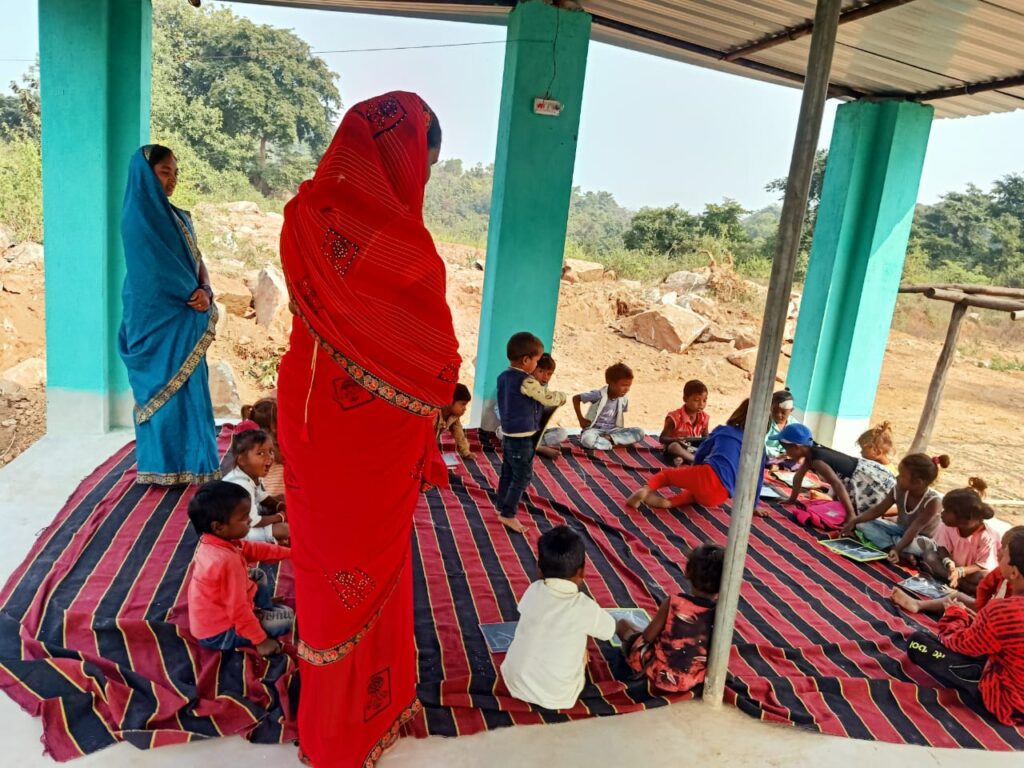
For a living, the locals work in mushroom farming, needlework centres, stores, masonry, and other businesses. Agriculture has expanded from 30-35 acres to 125 acres. The water table has also dropped from 150 to 40-70 feet, thanks to the residents’ efforts.
A distinguishing feature of the communities is that all of the houses are painted the same colour and have art and slogans inscribed all over them. This was done to create equality in the hamlet and to eliminate the notion of rich and poor in society. “We inspired the people and gave them paint, which they used to paint their houses a lovely light green colour. Young girls volunteered to paint small art pieces on the walls and write positive words,” Mr. Ranjan shared.
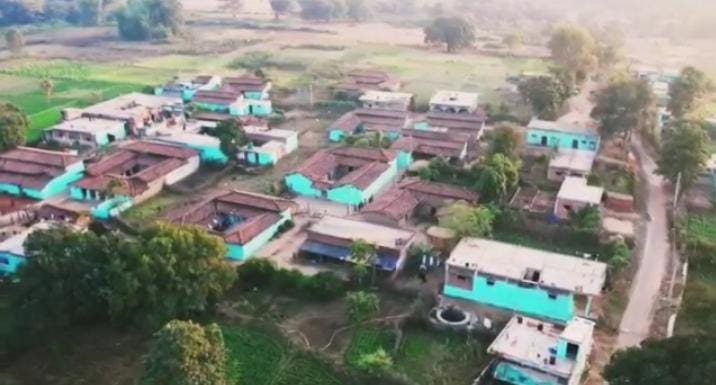
WATER CONSERVATION IN KANJHATAND
By shramdaan, the villagers of Kanjhatand village were able to effectively rejuvenate four large ponds, 1200 trenches cum bunds, over 2000 field bunds, and 4-5 check dams in a year under the leadership of Mr. Ranjan and their ‘prerak’ Parvati Devi. As a result, the water table has dropped from 150 to 60 feet.
Both Pooja Devi and Parvati Devi will be honoured by the President of India on the occasion of Women’s Day, through the Government of India’s Swatch Bharat and Jal Shakti campaigns, respectively, bringing great pride to their villages and districts.
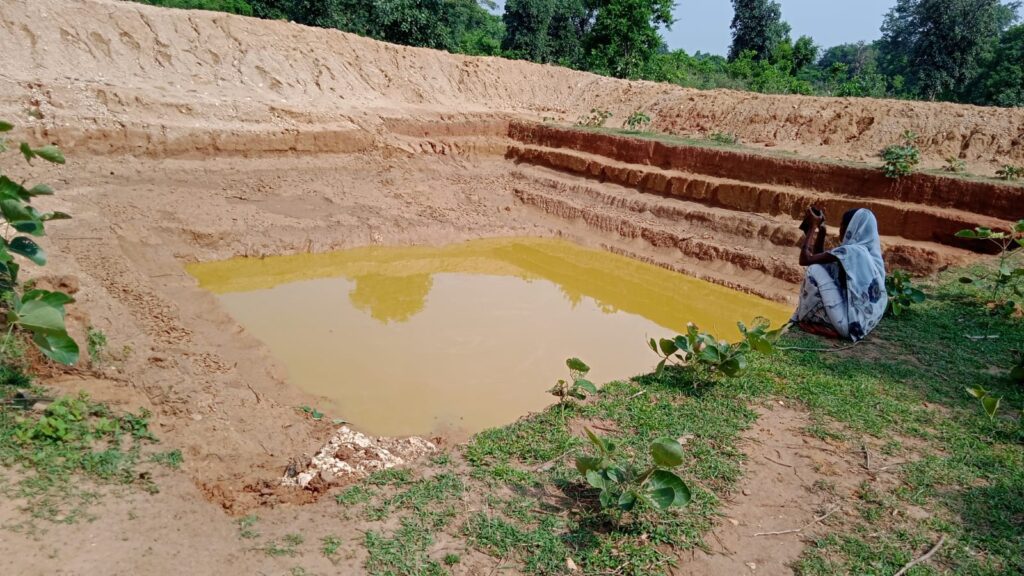

“Out of my little experience in service, I have realized that this is the only way to develop a village. No schemes or funds can change the status of the village, except its own villagers,” shared the officer.

